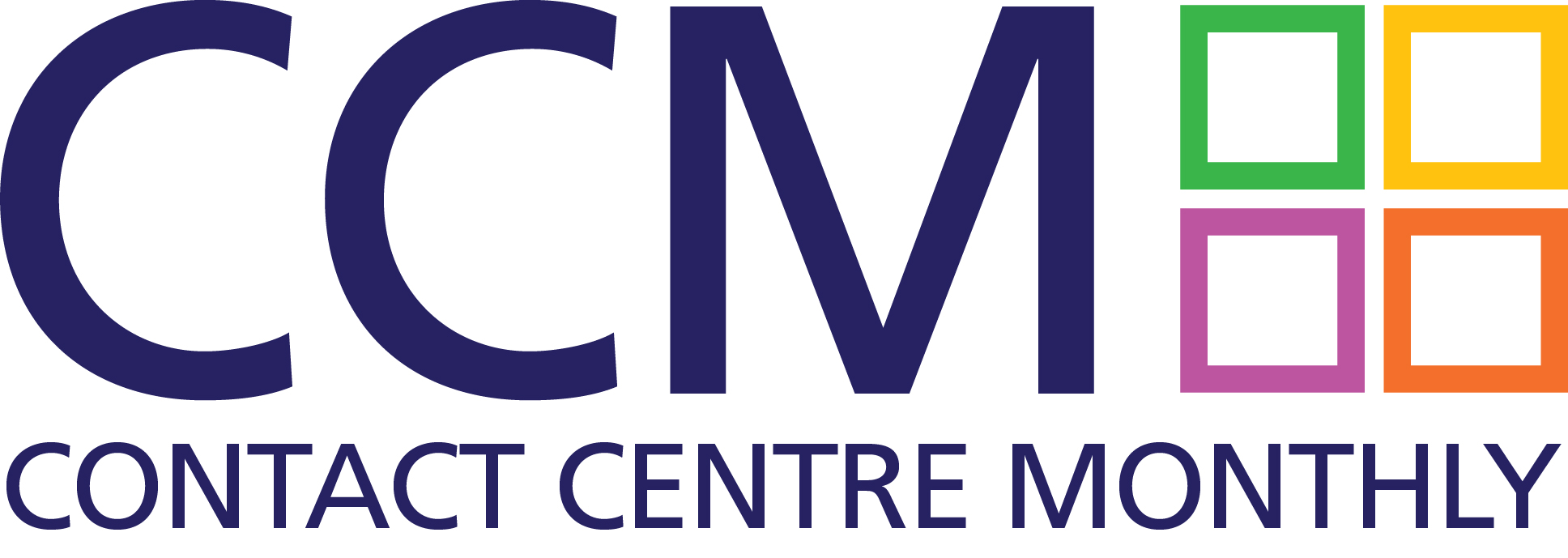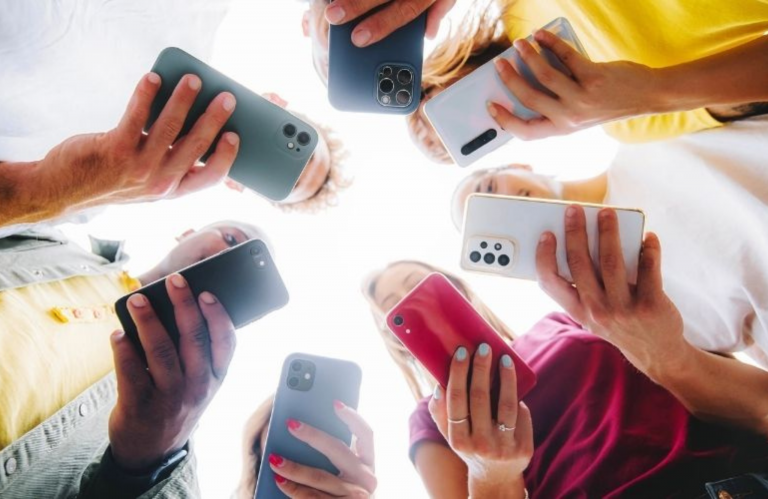Originally published in The NewsTeller on 6th May 2025
Written by David Taylor, Senior Business Consultant at Newstel Worldwide
For years, we’ve been told that Gen Z – those born between 1997 and 2012 – can’t stand talking on the phone. Texting, DMs, emojis – that’s supposed to be their thing, right? But it turns out, when it comes to sorting out customer service issues, this younger crowd actually prefers picking up the phone.
Yep, really.
Research that shifts the stereotype
A recent US-based survey by PolyAI found that a surprising 86% of Gen Z and younger millennials would rather call a company than deal with digital-first options like chatbots. In addition, across all age groups 65% of people still turn to the phone when contacting retail or travel brands.
So, despite the rise of tech focused solutions, the good old-fashioned phone call is still king, especially when things go wrong!
Customers want speed – not menus
Here’s the catch: while people are happy to call, they’re increasingly irritated by long wait times, endless hold music, and robotic menus that don’t actually get them anywhere.
With mobile shopping on the rise – especially around holidays – customers want quick, smooth service. Customers expect brands to respond faster during busy periods. And fair enough – if buying something online takes 30 seconds, why should getting support take 30 minutes?
It’s all about getting help
Interestingly, while 55% of people will try to get through to a human straight away when they hit a robotic phone system, 71% are happy to deal with a smart voice assistant – if it actually helps them.
Nikola Mrkšić, CEO of PolyAI, summed it up well:
“People aren’t just open to using capable AI – they expect it to be there when they need it.”
So whether it’s a human or a machine, the key is simple: make it fast, clear, and useful.
What about phone anxiety?
Here’s where it gets even more interesting. Gen Z has a well-documented aversion to phone calls – something often called “phone anxiety.” Many young people admit they feel awkward or anxious about making or receiving calls, mostly because they haven’t had much practice.
In the UK, establishments such as Nottingham College are stepping in to help. They’ve introduced workshops that help students get more confident using the phone. Liz Baxter, a careers adviser there, said:
“Phone anxiety is something we see all the time… students just don’t have the confidence to use the telephone.”
These sessions include role-playing real-life situations like booking appointments or calling for information – small steps that help young people get more comfortable talking on the phone.
Why the recent shift in behaviour?
So if Gen Z avoids phone calls in their personal lives, why are they so happy to use them for customer service?
It likely comes down to urgency. When your delivery’s gone missing or your flight’s cancelled, a phone call feels like the quickest way to get real answers. No one wants to wait hours for an email or chat with a bot that doesn’t get the problem.
As one of our Gen Z colleagues added:
“I don’t like calling companies. But if it means I can speak to someone and get it sorted in five minutes, I’m doing it.”
How does this impact me?
If your brand is still relying on clunky phone systems or assuming younger customers only want to chat online, it might be time for a rethink.
Now’s the moment to evaluate your phone experience:
- Are your customers getting help quickly?
- Is your IVR or AI system actually solving problems?
- Are your human agents trained and ready to step in when needed?
Gen Z may be digital natives, but when it comes to getting things sorted, they’re picking up the phone. Make sure you’re ready to answer.
👉 Want to learn how smart voice tech can improve your customer service? Get in touch.




